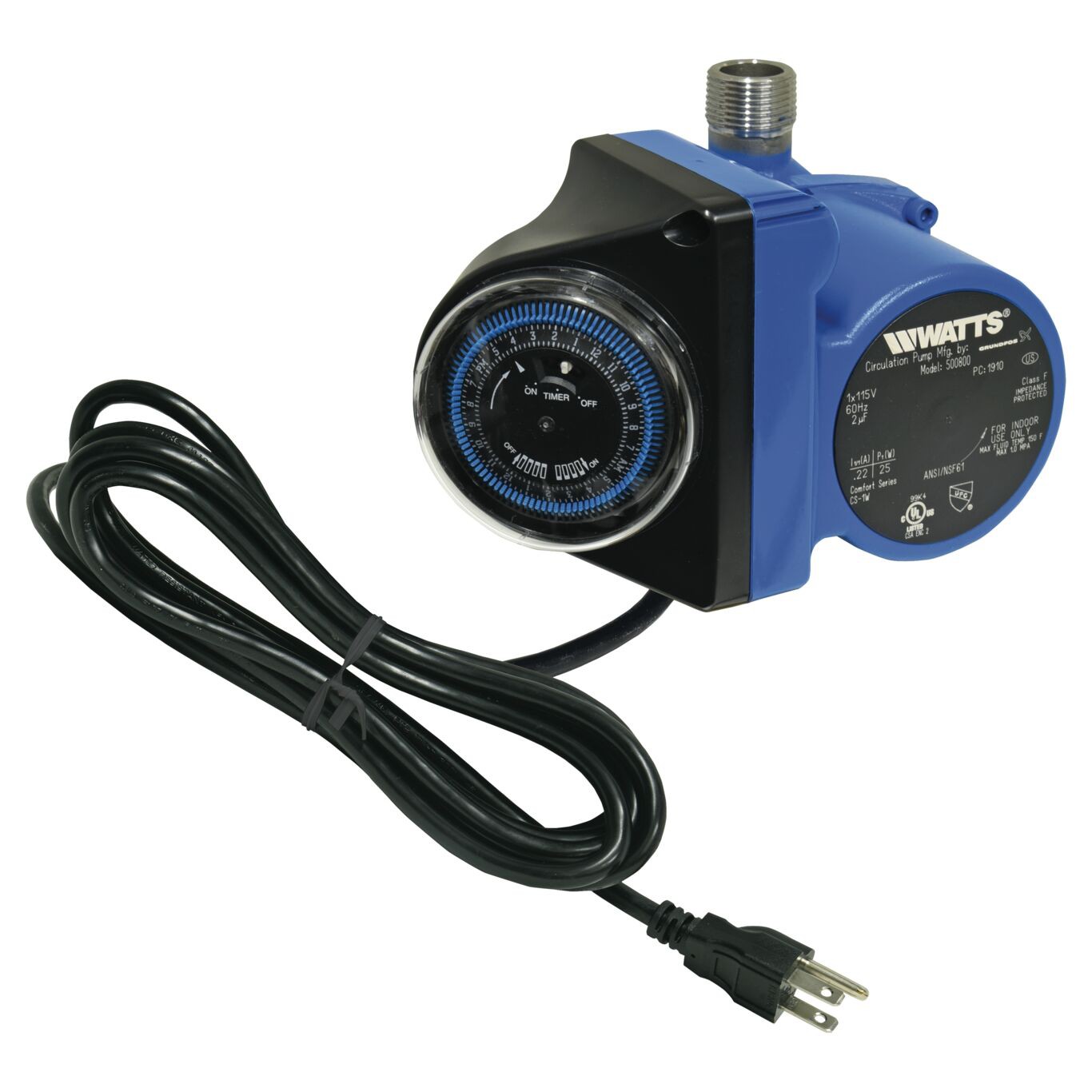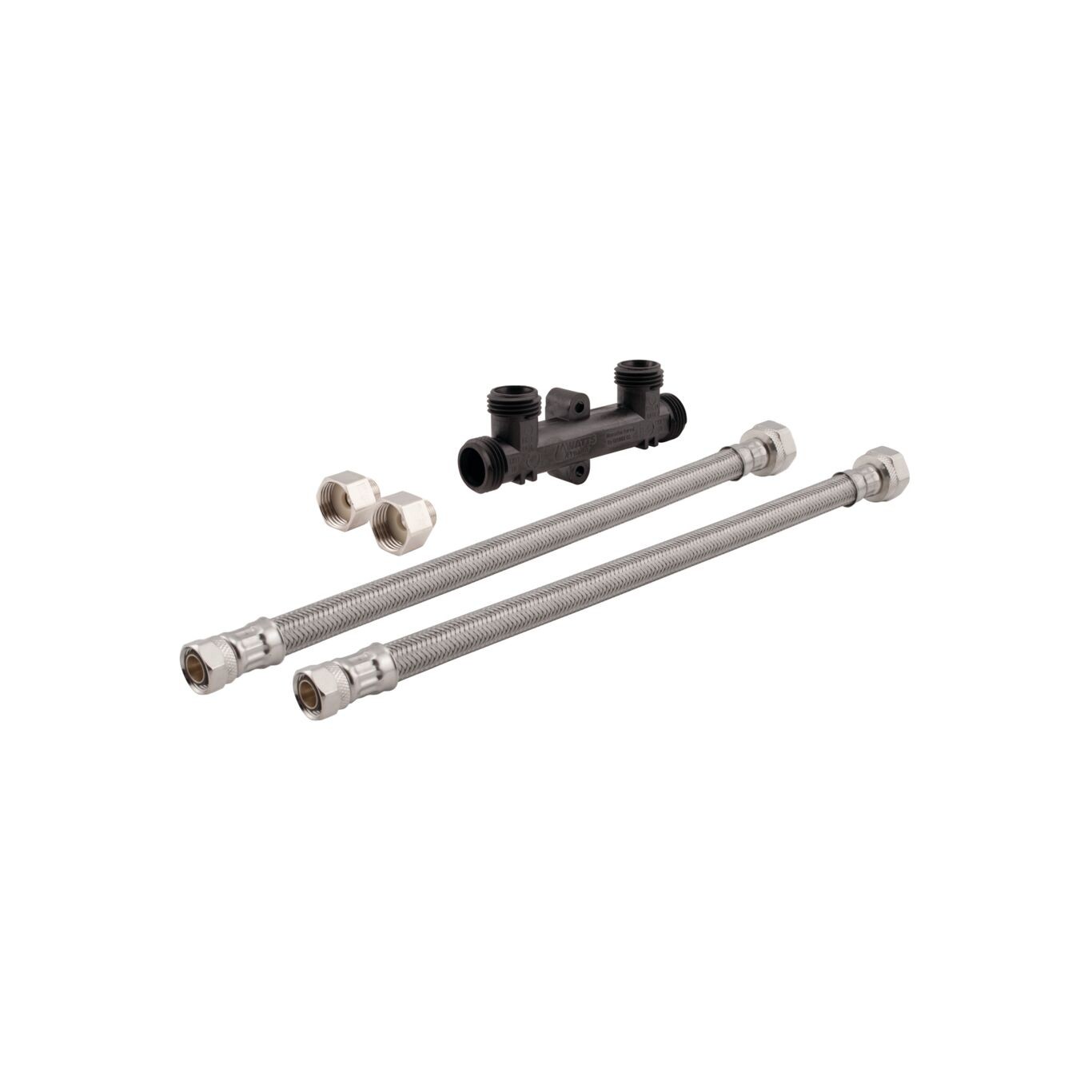Just in case you don't even know what I'm talking about, I'll briefly describe the idea of a recirculation pump.
If you have a centralized hot water heater, which is overwhelmingly common in the US, you sometimes have to wait for hot water in your sink or shower. Besides the waiting, running the water until it gets hot lets an unfortunate amount of water be wasted down the drain. In theory, that water isn't really wasted and just makes its way back into the hydrologic cycle. In practice, it's a pretty inefficient way of dealing with things because it typically goes through wastewater treatment and all kinds of other resource wasting processes.
A recirculation pump tries to overcome the problem by making sure there is hot water nearby in the pipes when you want it. There are two main approaches to this:
- If you are in a commercial building of any size and any recent vintage, it's quite likely that there is a hot water loop that makes its way around to all of the sinks, showers, tubs, and so on, and includes a segment that returns to the water heater. The recirculation pump sends hot water around through that loop. Any water returned is not wasted. It's just part of the closed system and goes around and around and around until it gets used.
- In a residential house, you might have that same sort of hot water loop, but it's more likely you have hot water lines with no way to return any water to the water heater. For this situation, recirculation pump systems can work with a bypass valve that's usually installed between the hot and cold water pipes at the farthest (in water pipe length) from the water heater. The bypass valve is thermostatically controlled. When the water is below the set temperature (for example, 95F), the bypass valve is open. When the pump is on and the valve is open, the hot water gets pushed down into the cold water line. When the "hot enough" water arrives, the valve closes, with hot water in the pipe ready for use.
In our house, we have had a recirculation pump for several years. It's made by Watts and looks like this.

The companion bypass valve looks like this:

It's easy enough for a DIY install for both the pump and the bypass valve.
 WJCarpenter
WJCarpenter
Discussions
Become a Hackaday.io Member
Create an account to leave a comment. Already have an account? Log In.